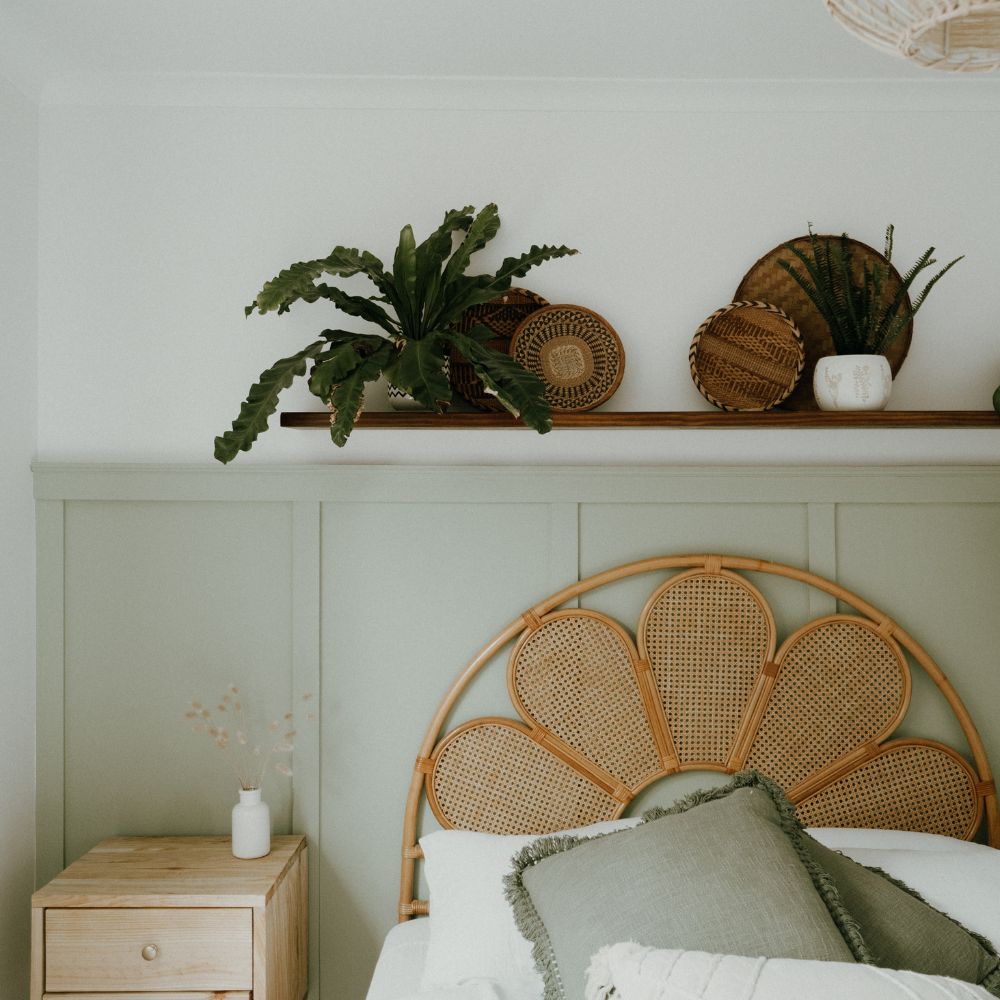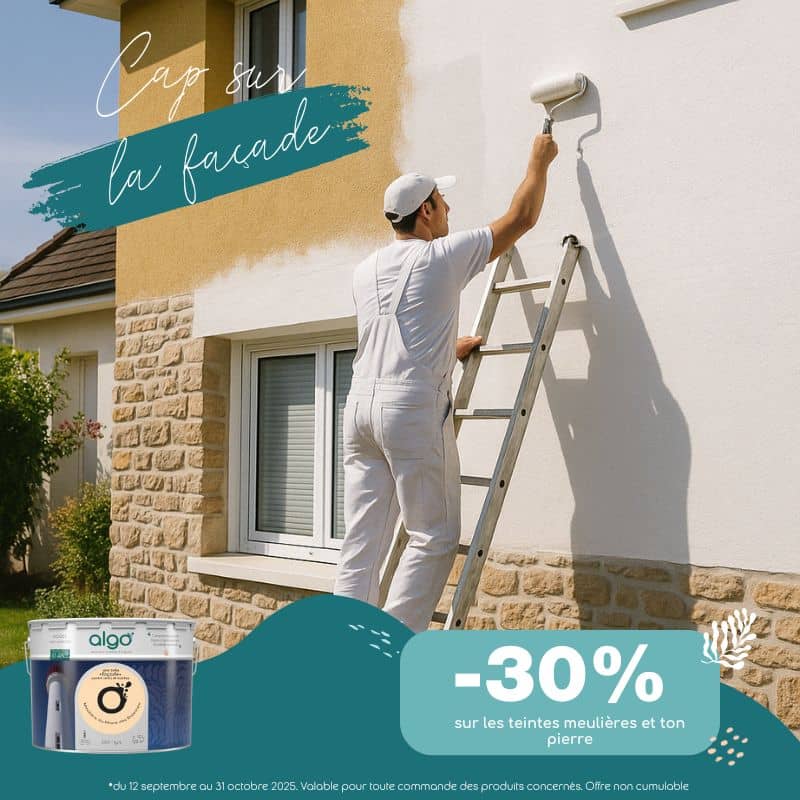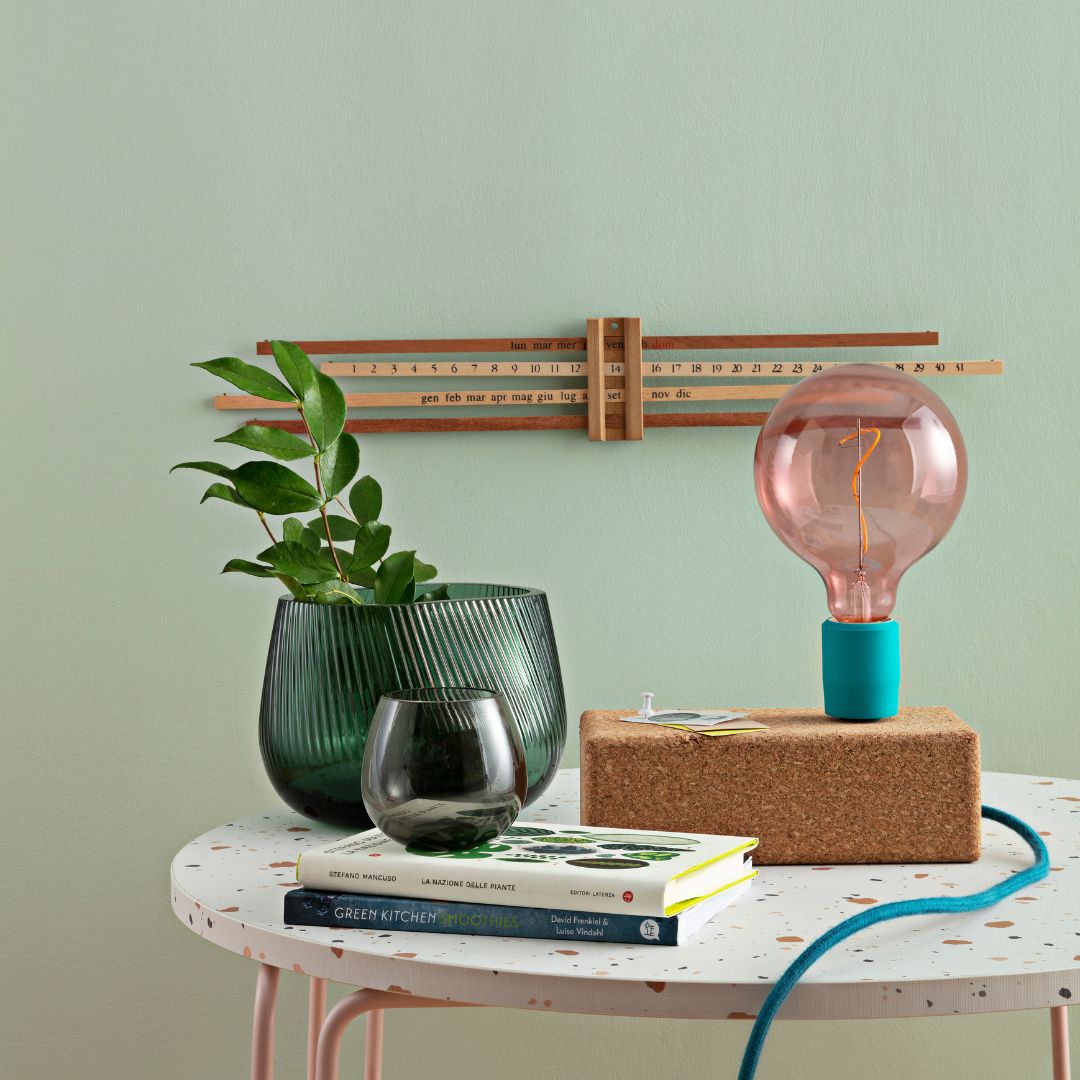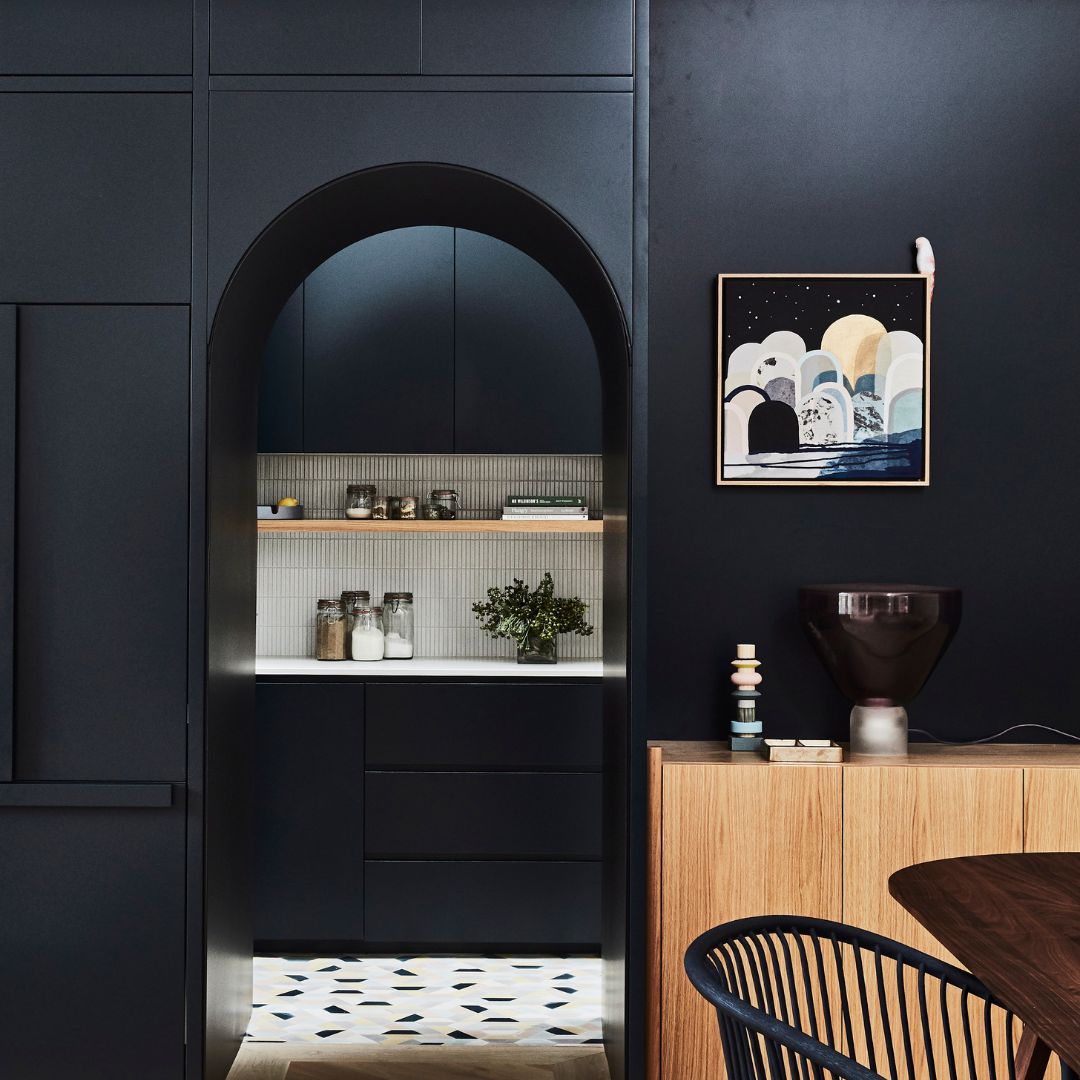The walls of your home are the first thing that come to mind when considering painting, but it is also important to consider painting your ceilings.
It is often agreed that it is more difficult to paint a ceiling than a wall, but rest assured it is completely accessible, even for an amateur.
Every detail counts in decoration and the choice of finish plays an important role.
Matte ceilings are preferred by both professionals and decorating enthusiasts due to the many advantages that the matte finish offers.
When painting your ceilings, Algo recommends using a matte white paint: find out why.
The advantages of a matte finish for a ceiling
Controlled diffusion of light
The matte finish will disperse light in a more subtle way and as such, will make imperfections such as bumps or cracks lighter or even invisible depending on the condition of the surface.
In fact, matte is known for its ability to hide imperfections, giving a more uniform and professional effect by diffusing light evenly throughout the room, also limiting reflections simply because matte is a finish that will not reflect light.
Hiding imperfections
While the satin finish is commonly recommended for walls due to its ability to visually impact the room through the brightness it reflects, the opposite is recommended for the ceiling, precisely to avoid the reflection of light being too strong on the ceiling. For contrast, we recommend a terracotta paint .
Indeed, the appearance of imperfections is an important issue and the presence of grazing light can quickly become a problem when roller marks can be visible for example or quite simply in the presence of irregularities which will be accentuated if the finish used is satin.
The satin finish is very popular, particularly due to its washable properties: rest assured, if applied to a ceiling, this will have little impact depending on the surface.
Which matte paint should you choose for your ceiling?
Choosing matte white paint for your ceiling is crucial to the success of your painting work and to achieve the best possible result.
While some criteria such as washability will be less important for this type of use, the durability of the paint is also one of the important consequences resulting from the choice of matt paint.
Be careful, however, in specific rooms such as kitchens or bathrooms, the application of a satin or velvet finish may make sense, particularly with regard to water vapor.
An ecological white paint
The best option when choosing white paint for a ceiling is undoubtedly to trust an ecological paint.
In addition to protecting the environment, eco-friendly paint will also help you preserve the air quality in your home.
With a natural composition, you will favor a lower volume of volatile organic compounds with a more pleasant application since the odor will be more neutral and much weaker than for a classic paint.
Focus on the best possible return
Look for a paint with high coverage to minimize the number of coats needed. This will help you reduce paint consumption. Higher-quality paints often offer better opacity, which is especially important for covering darker colors or imperfections.
Algo paints guarantee a coverage of 12m² per liter and per layer applied, making it one of the most efficient paints on the market.
What white color should I apply to the ceiling?
In the vast majority of cases, ceilings are painted white.
While there are some exceptions to the neutral and soft colors that can be applied to the ceiling, it is true that as a general rule, white is the color used to paint the ceiling.
Discreet, versatile, and neutral : white has it all on a ceiling. But ultimately, which white should you choose for your ceiling?
Pure white: the most popular choice
This is by far the most commonly used white for ceilings: simple and offering the most clarity, it is the shade that will give you the most possibilities to create the ambiance you want in your interior.
While it is possible to paint ceilings in other colors to give your space character, this also means that your color combination may not resist the trend, which would be the opposite with the use of pure white, for example.
Warm white to bring conviviality
“Warm white” is commonly referred to as colors that tend towards creamy white or simply have yellow undertones.
In very well-lit spaces, warm white will come into its own and give the room more warmth and conviviality. It also offers the possibility of creating a more personalized space by visually warming the atmosphere.
Using cooler whites
Cool white mainly refers to whites with slightly tinted undertones of white and blue.
Although at first glance the evocation of cooler tones may seem pejorative, it allows you to bring freshness and modernity to the room which can be useful.
If you find your room too bright, this type of white can also be very effective and provide contrast.








